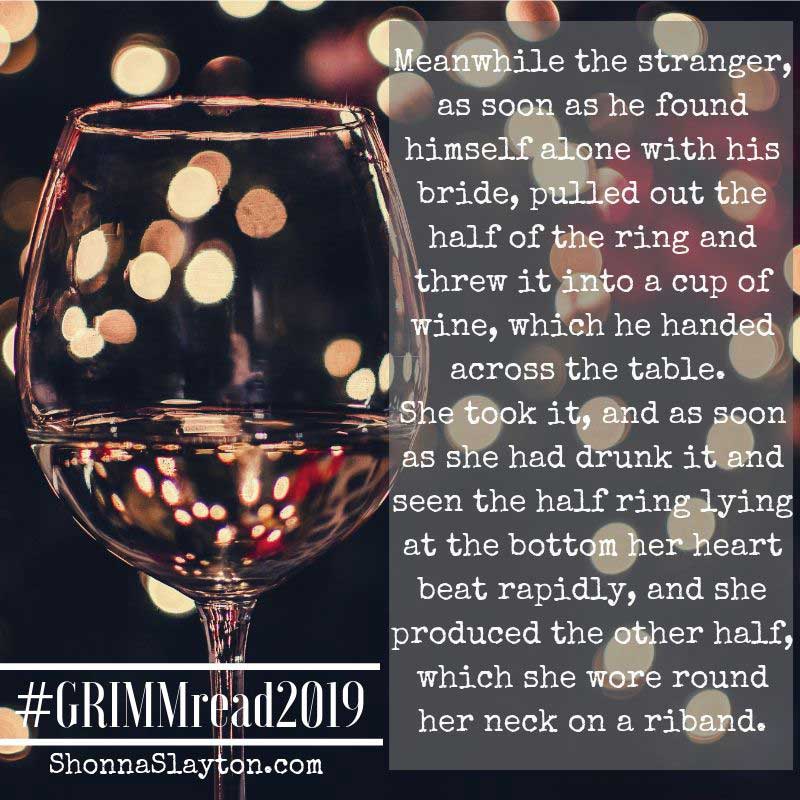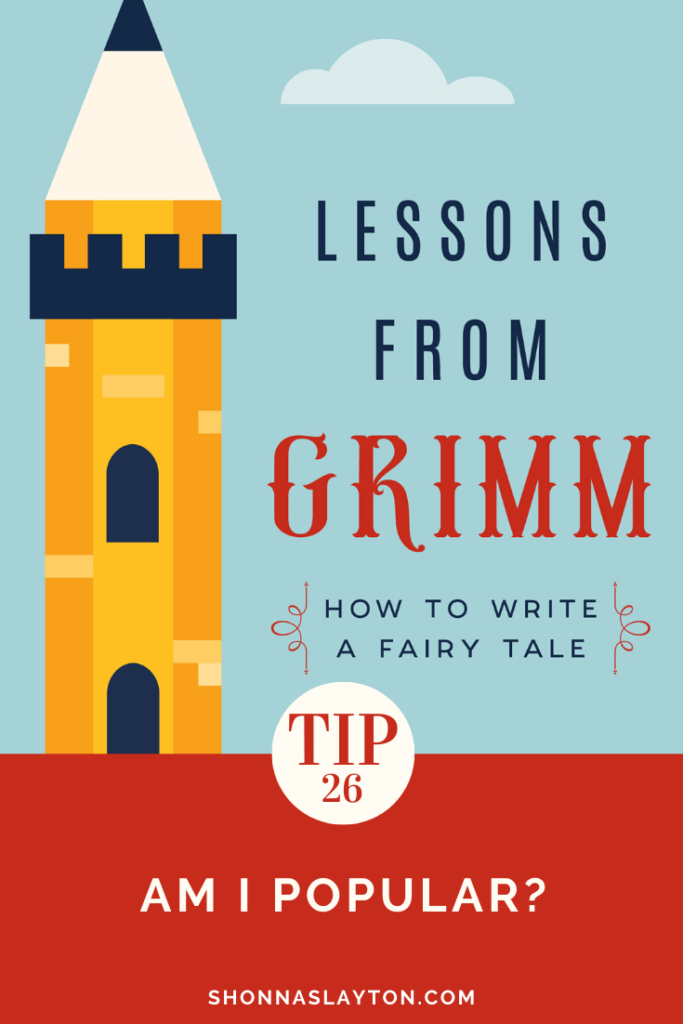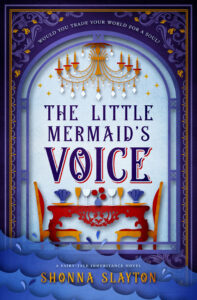As I work my way through Grimm, I’m also keeping a Pinterest board divided by fairy tale. Some fairy tale boards are easy to fill with illustrations. Others, not so much.
There are several tales with empty boards….or boards that only contain pins from the #GRIMMread2019 challenge. (*Note to self…go back and pin all the pins you’ve missed from the challenge)
So, it occurred to me that a great way to tell if a fairy tale is ripe for a retelling, is to see if there is any interest in it to start with. My #GRIMMread2019 board is a visually quick way to do this.

The most popular fairy tales are popular for many reasons:
- Readers are familiar with the tales.
- They’ve stood the test of time.
- They’re easier for the marketing team to promote.
Since the popular fairy tales have been told over and over, authors are looking for lesser-known tales to tell. The problem with the lesser-known tales is…well, they’re lesser known.
- Readers are unfamiliar with the tales.
- They’ve not stood the test of time.
- They’re harder for the marketing team to promote.
So, by looking at the fairy tale boards, you could find a story that is both lesser known, and yet not forgotten. If a tale has a good amount of illustrations, there is something to the tale. If no one is paying attention to the tale, it’s likely flawed in some way.
As the fairy tale retelling space gets more crowded, authors are branching out. Instead of straight retellings, we’ve got cross-genre tellings, blended stories, and, the kind I write, descendant stories.
Modern fairy tale writers can also choose to use elements from fairy tales and give a nod to the originals, but create something new at the same time.
Click on the link below to check out my #GRIMMread2019 Pinterest board.
https://www.pinterest.com/shonnaslayton/grimmread2019/
By the way, the #GRIMMread2019 is a group board, so feel free to join it and help me track down some of these rare pins!




